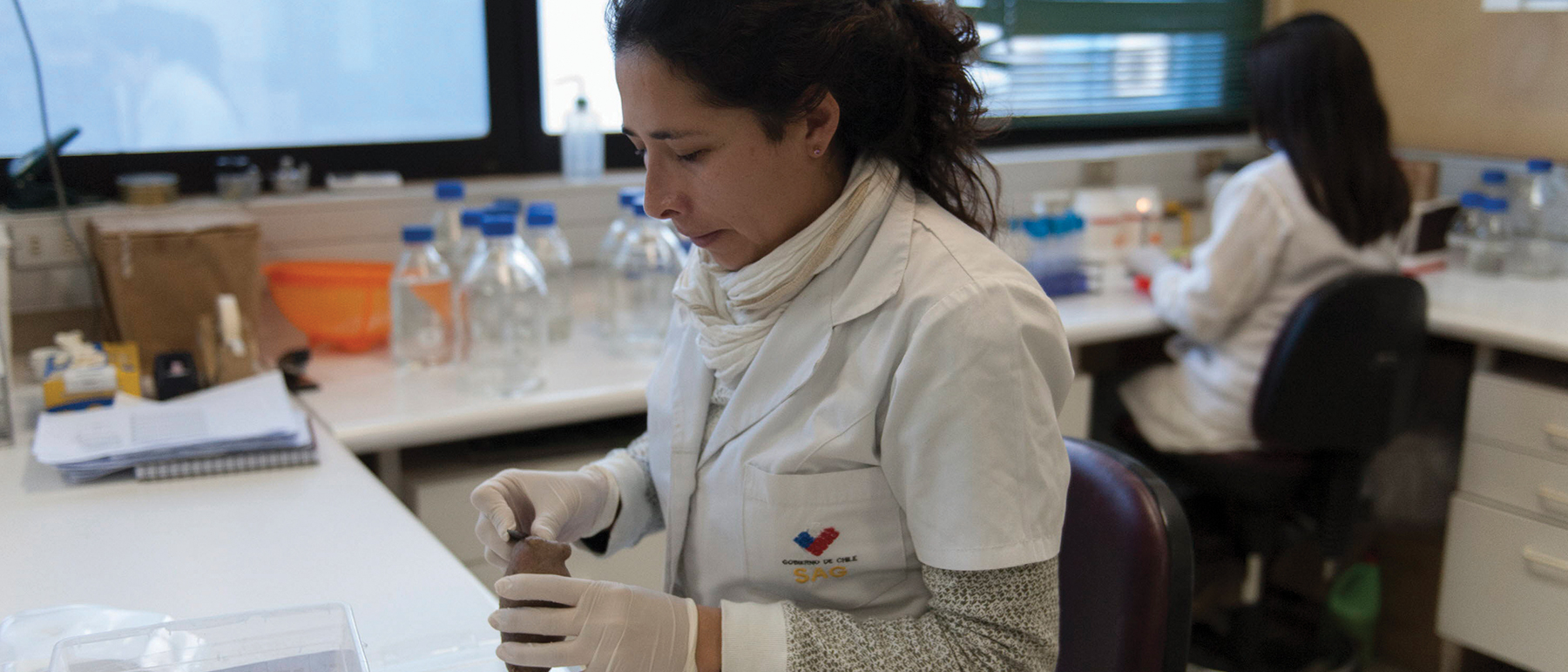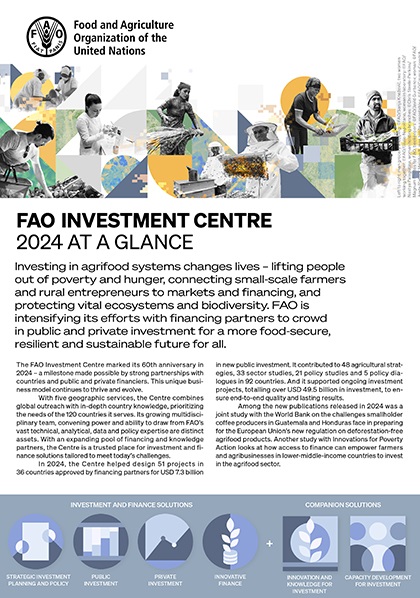The potential of bioinputs for greener agrifood systems in Latin America and the Caribbean

Two women working in a laboratory.
©FAO/Gideon Vink
Latin America and the Caribbean produce food for around 1.3 billion people – over twice the region’s population. It is home to six of the world’s most biodiverse countries. Yet, increasingly degraded soils and biodiversity loss are reducing resilience to pests, pathogens and climate change and threatening the region’s agricultural output.
Given the rising cost of conventional fertilizers and demand for food that is safe to eat – and more demanding quality standards in key export markets – the region is looking to more affordable, safe and sustainable alternatives to keep agricultural production levels up.
The Centre published Bioinputs: investment opportunities in Latin America. The report, part of FAO’s IK4I series, examines the economic viability, investment potential and social and environmental benefits of agricultural bioinputs in the region Agricultural bioinputs – products from plants, animals or microbes – are often used as supplements or natural alternatives to more synthetic agrochemicals.
They can improve soil health and structure, enhance ecosystem sustainability, and minimize impacts on human health and the environment.
The region’s bioinputs market, though still relatively small, has grown significantly in recent years. This coincides with increased interest in agroecology, the circular economy, bioeconomy and regenerative agriculture.
Countries in Latin America and the Caribbean and FAO’s financing partners such as the World Bank, IDB and IFAD are already promoting the use of bioinputs in some of their agricultural projects.
Many important markets for Latin American exports, such as the European Union, impose strict standards for food safety. This includes maximum residue levels for pesticides in food to protect human and animal health. Moreover, the new Farm to Fork Strategy contains targets to reduce the use and risk of chemical pesticides.
Several countries in Latin America and the Caribbean produce coffee, cocoa, bananas, avocadoes and other products that are widely consumed across the world. The risk of losing important export markets creates an added incentive for farmers in the region to adapt and transform their agricultural practices.
The FAO report addresses the benefits and potential risks in adopting agricultural bioinputs and looks closely at the private sector’s role in developing, producing and marketing such inputs. It also provides recommendations on policies and regulatory frameworks – and guidelines for the design and implementation of investment projects – that can accelerate the adoption and use of bioinputs in Latin America and the Caribbean and beyond.
Related publication

